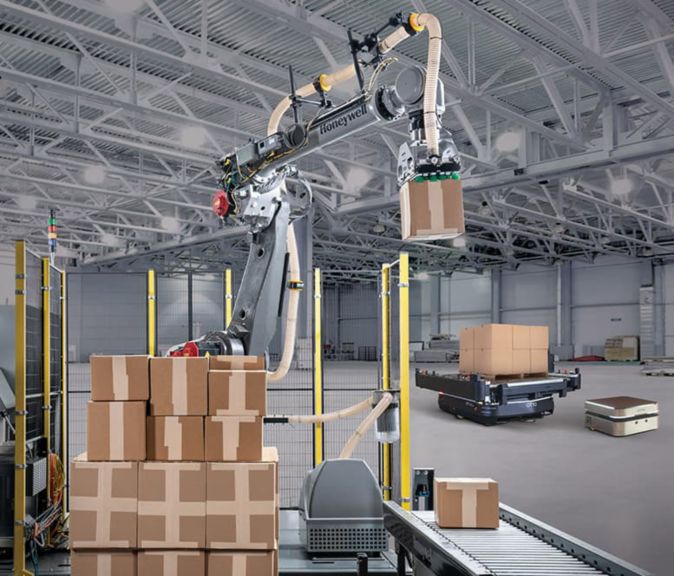-
Global
-
Africa
-
Asia Pacific
-
Europe
-
Latin America
-
Middle East
-
North America
- |
- Partners
- |
-
Currency:Localize your Content
You can set your preferred currency for this account.
Choose a Currency
Currency- CHOOSE YOUR CURRENCY
Update Currency
Changing Currency will cause your current cart to be deleted. Click OK to proceed.
To Keep your current cart, click CLOSE and then save your cart before changing currency.
-
Select Account
Switching accounts will update the product catalog available to you. When switching accounts, your current cart will not move to the new account you select. Your current cart will be available if you log back into this account again.
Account# Account Name City Zip/Post Code CANCELPROCEEDMy Account
-
Support
- View All Sensing Solutions
- Global Locations
- Sales Contact Form
- Technical Support
- Cross Reference List (EnviteC)
- Blog
- Return Material Authorization (Test & Measurement)
- Return Material Authorization (Citytech)
- Return Material Authorization (EnviteC)
- Certificates
- eCOM Portal
- Distributor Inventory
- Materials Safety (Citytech)
- Instructions for Safe Use (Citytech)
-
Global
-
Africa
-
Asia Pacific
-
Europe
-
Latin America
-
Middle East
-
North America
- |
- Partners
- |
You are browsing the product catalog for
You are viewing the overview and resources for
- Support
- Warehouse Automation
- Resources
- White Papers
- The Business Case for Robotics in Distribution Centers
The Business Case for Robotics in Distribution Centers


Distribution and fulfillment centers have been battling to meet the growing demands of e-commerce for quite some time. Those demands were already accelerating at a rate of 25%, but the COVID-19 pandemic has seen consumer e-commerce sales grow an additional 50%. Currently, 80% of distribution centers (DCs) operate with a manual workforce and have a very limited labor pool to choose from. To maximize operational efficiency within this “new normal,” DCs will need to consider integrating robotic warehouse solutions to make up for the labor shortage and increase productivity.
While DCs have been operating with labor shortages for some time, the current e-commerce climate under the COVID-19 pandemic is highlighting the immediate need to utilize robotic solutions to overcome the limitations of using manual labor. Warehouses that fulfill e-commerce orders are known for seeing a lot of change and managing a variety of SKUs. Although robots are known to operate in repetitive and highly structured conditions, DCs can rely on robotic solutions to integrate data science for quick decision-making, increase productivity, and take charge of monotonous tasks so that manual labor can be better allocated elsewhere in the warehouse.
Automating responsibilities in the warehouse allows for robots to handle physically demanding tasks, while manual labor can be utilized for more advanced and fulfilling warehouse needs. This helps to combat the high turnover rates seen by DCs among lower-level tasks. Another benefit to adopting robotic solutions in your warehouse is quelling the rising cost of manual labor. This means that you will see a financial ROI much quicker than before.
Read our white paper to learn how you can implement the latest technology in DC automation.
Let's Connect!
Sign up to receive exclusive communications from Honeywell including product updates, technical information, new offerings, events and news, surveys, special offers, and related topics via telephone, email, and other forms of electronic communication.
Copyright © 2025 Honeywell International Inc
Maximum File Size
Maximum Files Exceeded
Due to inactivity you will be logged out in 000 seconds.
Maximum File Size
Maximum Files Exceeded
You cannot access this page as this product is not available in your country.

